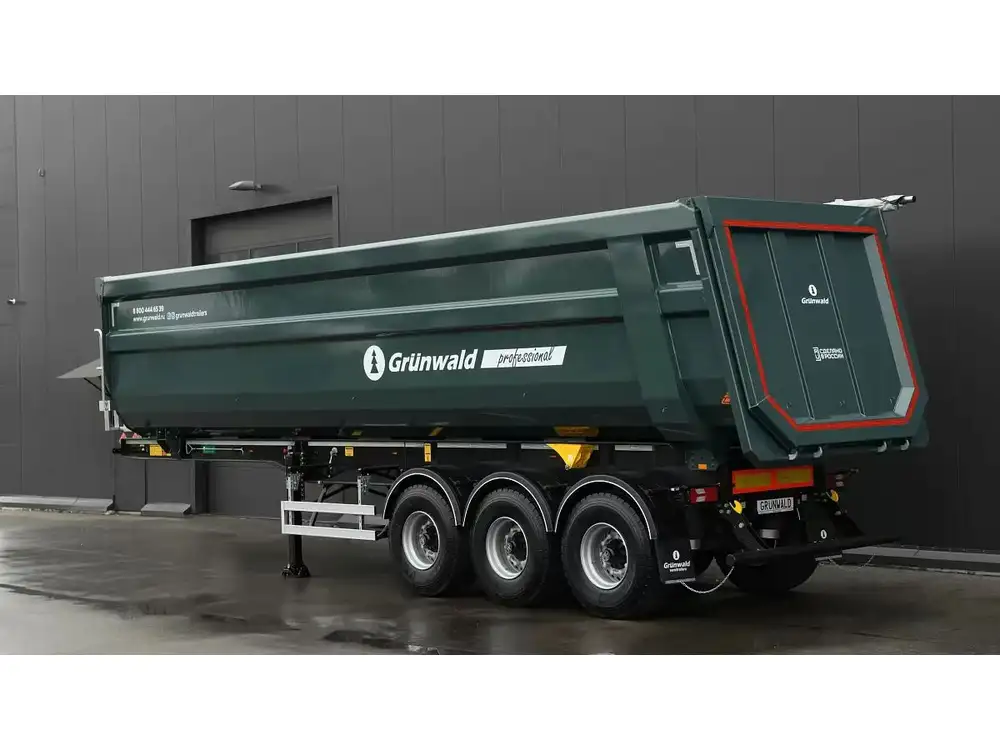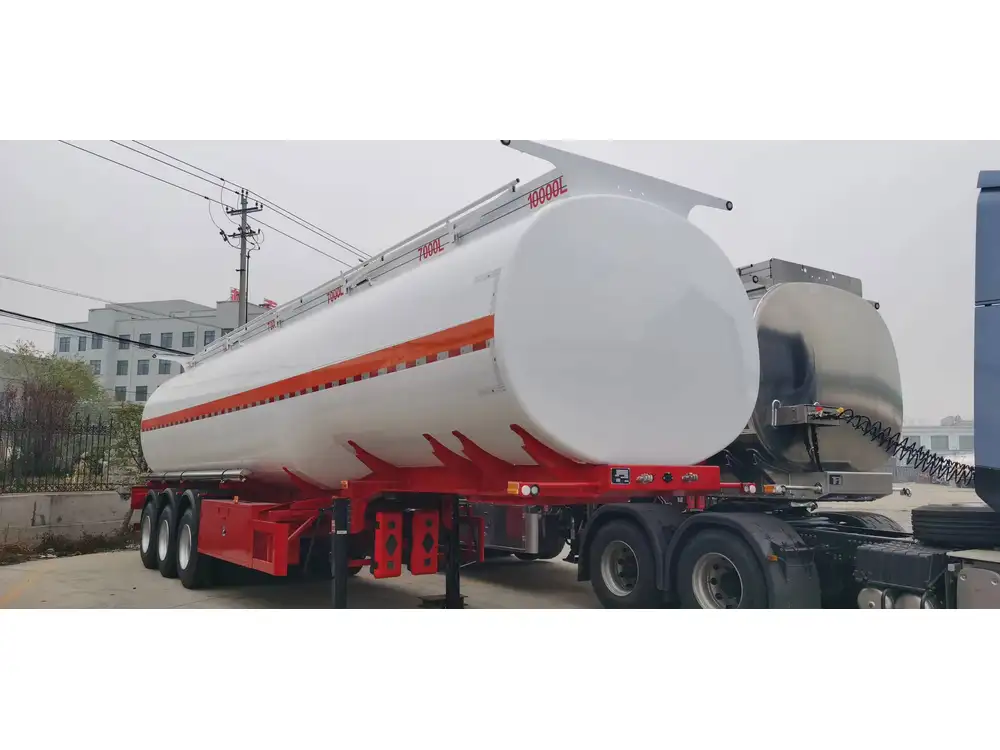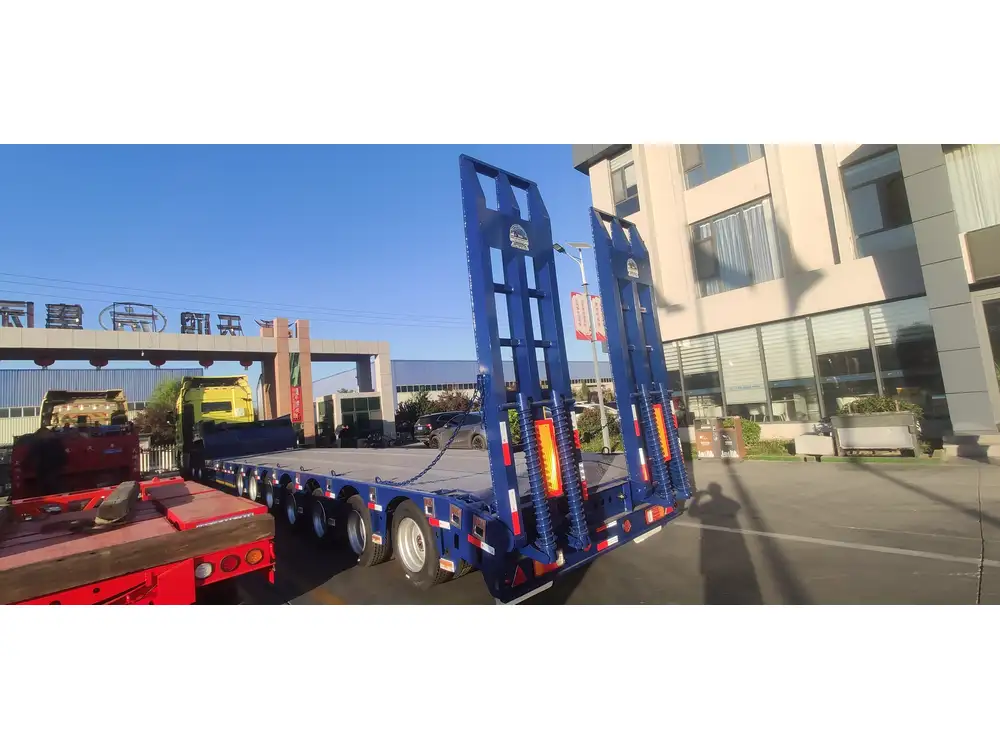Parallel parking a semi-trailer is not just a skill; it’s an art form that combines precision, patience, and practice. While the task may seem daunting at first, mastering the technique can significantly enhance a driver’s confidence and efficiency on the road. This guide will provide a step-by-step approach to parallel parking a semi-trailer, complete with key tips, tricks, and visual aids to ensure you can successfully navigate the process.
Understanding the Mechanics of a Semi-Trailer
Before delving into the intricacies of parallel parking, it’s essential to understand the mechanics that differentiate a semi-trailer from a standard passenger vehicle.
Key Components of a Semi-Trailer
- Length and Width: Semi-trailers are considerably longer and wider than typical vehicles, necessitating more space for maneuvering.
- Axle Configuration: A semi-trailer typically features multiple axles, impacting how it handles during parking.
- Turning Radius: The turning radius of a semi-trailer is wider, which means drivers must account for this as they navigate into parking spaces.
Given these characteristics, the strategies employed for parallel parking a semi-trailer need to be adjusted accordingly.

Visual Representation
| Feature | Standard Vehicle | Semi-Trailer |
|---|---|---|
| Length | ~15-20 ft | 48-53 ft |
| Width | ~6-7 ft | ~8.5 ft |
| Axle Count | 2-4 | 3-5 |
| Turning Radius | Smaller (Roughly 20 ft) | Larger (Roughly 40-50 ft) |
Step-by-Step Guide to Parallel Parking a Semi-Trailer
Step 1: Find a Suitable Space
Finding the right parking spot is crucial. Ideal dimensions for a parallel parking space for a semi-trailer should be at least 1.5 times the length of the trailer. Look for a spot free of obstructions, such as other vehicles or pedestrians, and ensure that it meets city regulations for parking a commercial vehicle.

Step 2: Assess Your Surroundings
Upon approaching the parking space, conduct a comprehensive assessment:
- Check for Obstacles: Look for any potential obstacles like light poles, signs, or other vehicles.
- Know Your Surroundings: Be aware of pedestrians and cyclists in the vicinity.
- Use Mirrors Effectively: Adjust your mirrors before parking to optimize the view of both the front and rear of your trailer.
Step 3: Signal Your Intentions
Use your turn signals in advance to inform other drivers of your intention to park. This promotes safety and ensures that other vehicles will not encroach on your space while you maneuver.
Step 4: Position the Truck for Entry
- Align: Pull forward alongside the parked car in front of your desired spot. Keep approximately three feet (1 meter) of clearance between your vehicle and the parked cars.
- Angle: Shift your vehicle at approximately a 45-degree angle towards the parking space.

Step 5: Begin the Backing Process
- Shift into Reverse: Slowly engage reverse gear while turning the steering wheel towards the parking space.
- Monitor Your Position: Use both side mirrors to ensure the trailer is aligning with the desired parking spot without hitting surrounding vehicles or objects.
Step 6: Correct Your Trajectory
- As your trailer enters the space, straighten your wheel once the front of your truck has moved past the rear end of the car next to you.
- Adjust your steering to guide your trailer straight into the space. It is critical to continue checking both mirrors to ensure the trailer is in line and your truck is positioned correctly.
Step 7: Move Forward and Final Adjustments
- Shift to Drive: As the trailer completes its backward motion, shift into drive.
- Adjust: Move forward if needed to fully center your truck within your parking space.

Step 8: Complete the Maneuver
After ensuring that your vehicle is well within the lines and not obstructing any other vehicles, turn off your engine and engage the parking brakes.
Key Tips for Successful Parallel Parking
Practice Makes Perfect
- Repetition: Regular practice can significantly enhance your comfort level and spatial awareness.
- Simulate Different Scenarios: Practice in various environments to prepare for different parking situations you might encounter on the road.

Use a Spotter If Possible
Having a fellow driver act as a spotter can provide an extra layer of coordination. This person can help guide you via hand signals, ensuring that you avoid potential hazards and successfully navigate tight spaces.
Employ Technology
Modern trucking equipment often comes fitted with advanced driver assistance systems (ADAS), enhancing safety and maneuverability. Relying on these systems can ease the parallel parking process, provided drivers remain attentive and in control.
Awareness of Surroundings
Always keep vigilant to your surroundings. Maintaining awareness of pedestrians and approaching vehicles can significantly reduce the chance of accidents while parking.

Maintain Control of Your Vehicle’s Speed
When maneuvering in reverse, control of speed is paramount. Slow, deliberate movements allow for greater precision and mitigates the risk of accidents.
Troubleshooting Common Issues
Even seasoned drivers may encounter challenges when parallel parking a semi-trailer. Below are some common issues and corresponding solutions.
Misalignment of Trailer
Solution: If you find the trailer misaligned against the curb, it’s often best to pull forward slightly and adjust your angle before reattempting to back into the space.

Space Too Tight
Solution: If the space seems insufficient, it may be better to find an alternate parking spot instead of forcing the maneuver. Assessing your options beforehand can help avoid unnecessary stress.
Difficult Visibility
Solution: If visibility is compromised, consider repositioning your truck or ensuring you have a spotter. Utilize all available mirrors and keep an eye on your surroundings.
Conclusion
Parallel parking a semi-trailer can initially seem intimidating, but with practice and a solid understanding of the maneuvering process, it can become a manageable part of a driver’s skill set. By following this guide and employing the tips presented, any driver can improve their parallel parking abilities, enhancing their overall efficiency and safety on the road.
While perfecting parking techniques is vital, it’s equally essential to practice patience and remain adaptable to the unpredictable nature of urban environments. Whether you’re an experienced driver or a newcomer to the world of trucking, understanding how to confidently parallel park a semi-trailer opens further opportunities for professional growth and operational success.



